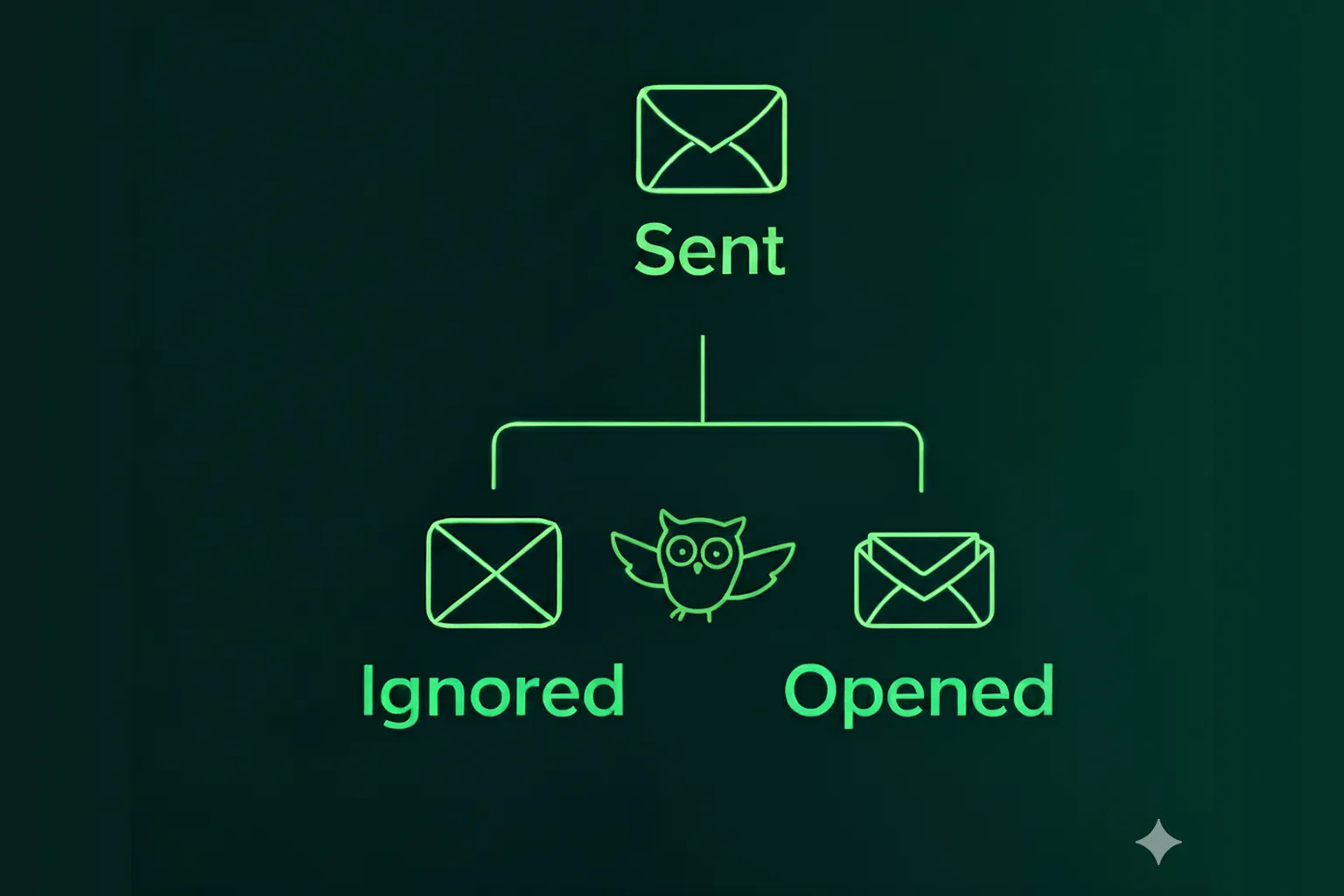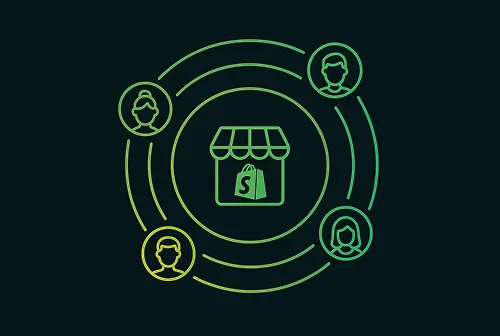Copy & Customize Your Push Prompt in Minutes
Published on 21 January 2020
Let’s make one thing clear: All changes that browsers are introducing these days do not affect you sending or your subscribers receiving push notifications (what you actually get sales from). These changes only affect the opt-in process (how you get new subscribers).
So let’s talk about opting in for web push notifications. Your website visitors need context for making an informed decision about becoming a web push subscriber of your online store or not.
In the past - more often than not - websites spammed their visitors with native subscription prompts to get them to opt-in to their web push notifications. For example, a study done by Firefox showed that 99% of native browser prompts for push notifications were left unallowed! Therefore, browsers are introducing new settings that stop native opt-in prompts from appearing if they are likely to be unwelcome.
Note that PushOwl has always had built-in configurations to make browser prompts spam impossible.
Chrome and Firefox Browser Changes that Silence Web Push Opt-In
Chrome and Firefox are introducing changes that will make the native browser prompt for opting in to web push notifications appear less visible or even “silence” it. The changes will be introduced with:
- Firefox 72.0 (Release: January 7, 2020)
- Chrome 80 (Release: February 4, 2020)
Firefox stated in their release notes that “Firefox replaces annoying notification request pop-ups with a more delightful experience, by default, for all users. The pop-ups no longer interrupt your browsing. In its place, a speech bubble will appear in the address bar when you interact with the site.” This is how it looks like:

Firefox classifies notification requests that are not triggered by user action (e.g. a click) as annoying. If your store visitor is actively clicking on a trigger on your store (e.g. during the 2-Step Opt-in or using the Flyout Widget), the native browser prompt will trigger as usual.

Chrome will introduce a so-called Quiet UI if the browser believes that the web push prompt is unwelcome. By default, Chrome users will not have the Quite UI enabled, yet it will be enabled via
- automatic enrolment on sites with low permission acceptance rates
- automatic enrolment for users who infrequently accept notifications
- manual enrolment (browser settings)
The low permission acceptance rate is calculated based on the native browser prompt and not the custom widget from our 2-step opt-in. If your store visitors are not clicking ‘Allow’ on your custom widget, the native browser prompt will not show and it will not affect your acceptance rate.

How can I make sure that my store’s web push prompt is not silenced by browsers?
Opting-in with web push is easy. It just requires one click on the native browser prompt and no personal information. Yet, your subscribers still need to see value in why they should receive notifications from you. The benefit needs to be obvious.
While your store’s brand recognition, landing page experience, or unique selling proposition might often attract some of your visitors to click that critical ‘Allow’ button, there are more effective ways to gain subscribers without the risk of being ’silenced’ by a user’s browser.
This is where custom prompt come into play. PushOwl’s custom prompt process introduces a widget prior to the native opt-in (which cannot be customised and is browser-controlled). When you enable the custom prompt within your PushOwl widget settings, you can edit the text, color, and CTAs that your store visitors see when asked to opt-in for web push.
Additionally, this will also make sure that your Shopify store is not affected by the recent browser changes, because:
- For Firefox, a user action is triggering the opt-in process and therefore the native prompt will show as usual (and not as a speech bubble in the URL bar)
- For Chrome, your acceptance rate will be high as store visitors have pre-allowed web push notifications via the custom widget already
This has two major advantages:
- You can add additional context to the opt-in process. The custom prompt can be customised, while the native opt-in cannot be customised.
- You avoid any penalties from the browsers. Only denying the native opt-in triggers penalties, e.g. ’silent notifications’ in Chrome.
Learn how to easily change your push notification opt-in from 1-step to custom prompt in our help desk.
Have a question? Ask our friendly customer support!





